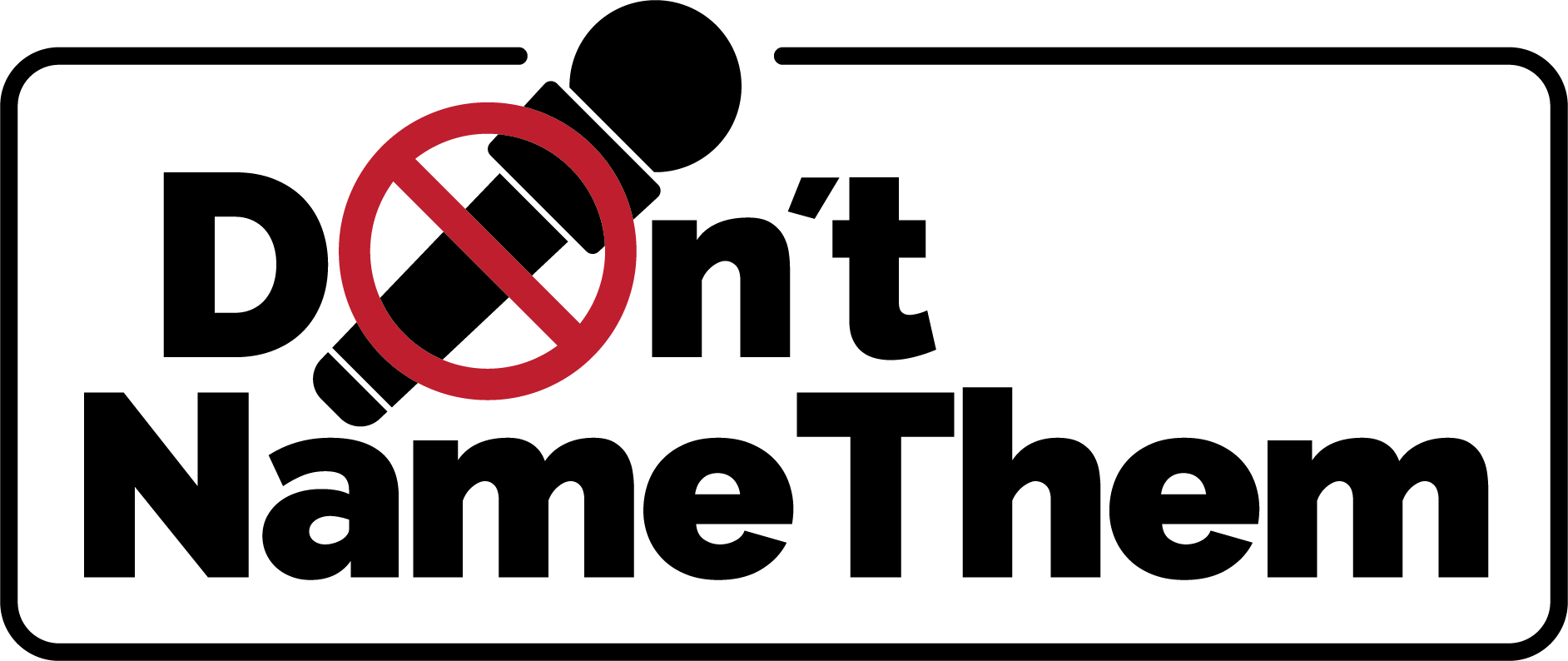
Read More About It
FBI to media: Don't name the shooter (KXAN TV)
SAN ANTONIO - Mass-casualty active shooter crimes have increased dramatically over the past 12 years, going from 5 per year to an average of 15 per year.
Researchers at Texas State University have found many of the shooters are partially motivated by fame and have looked to past shooters for inspiration.
Now the FBI is encouraging media organizations to rethink the way they cover these stories by not focusing as much attention on the shooters. They call it the "Don't Name Them" campaign.
When an active shooting event results in the deaths and injury of numerous victims, reporters rush to the scene and the focus quickly shifts to the perpetrator of the crime and that could help motivate the next active shooter.
"When the media covers it, it unfortunately puts ideas in people's heads," said Chris Combs, special agent in charge of the San Antonio FBI field office.
Prior to taking his new assignment, Combs was the agency's lead for efforts to combat and respond to active shooter events across the nation.
In the wake of the Sandy Hook Elementary School shooting, he was instrumental in forming a relationship with Texas State University's Advanced Law Enforcement Rapid Response Training Center.
In addition to training officers how to respond, the center also does research on the shootings. Their stats show media coverage of the shooter could inspire other shooters.
"We think that encourages future attackers because they say I can get that fame that notoriety by doing that," said Dr. Pete Blair, Executive Director of Texas State's ALERRT Center.
Instead of sharing the shooter's manifesto and focusing on their personal story, Blair is encouraging media organizations to not name the shooter more than necessary.
"We understand that the events have to be covered, but it shouldn't be a glamour piece making this person the center point of the story," Blair said. "We'd much rather see stories about the heroes and the victims and those sorts of things."
Combs agreed.
"Show them for the criminals they are and maybe that could stop a future shooter from going ahead and conducting mass violence," he said.
Blair and the FBI have been talking to news organizations around the country and say so far, many have been receptive to the idea of not naming mass shooters.
Blair is even encouraging people to use social media to call out reporters and news organization who focus too much attention on the shooters.
Stop the Copycat...
News media is not necessarily focused on preparing viewers to prevent and respond to threats like active shooters. It is not their business model nor is it their responsibility.
They do, however, have a responsibility to talk about these events in a way that doesn’t feed the twisted fantasy of the next would-be shooter. The names of the two shooters became household names on April 20th, 1999 after they killed classmates, teachers and themselves at Columbine High School.
Research indicates and the FBI believes there is a “copycat” effect where dramatized events serve to inspire someone who may be contemplating acting violently. The American Foundation for Suicide Prevention provides guidance for reducing the copycat effect in suicides. Many, but not all, active shooters are suicidal. Recommendations for Reporting on Suicide may help to reduce the copycat effect on all would-be shooters.
Members of the media can do this successfully! We can make a real difference here:
comment on articles
write to editors, producers, and publishers
stop circulating trashy or sensational coverage on Facebook or other social media.
FBI: The School Shooter
A Threat Assessment Perspective
School shootings and other forms of school violence are not just a school's problem or a law enforcement problem. They involve schools, families, and the communities. An adolescent comes to school with a collective life experience, both positive and negative, shaped by the environments of family, school, peers, community, and culture. Out of that collective experience come values, prejudices, biases, emotions, and the student's responses to training, stress, and authority. His or her behavior at school is affected by the entire range of experiences and influences. No one factor is decisive. By the same token, however, no one factor is completely without effect, which means that when a student has shown signs of potential violent behavior, schools and other community institutions do have the capacity -- and the responsibility -- to keep that potential from turning real.*
Additional Resources
School Shootings: Mediatized Violence in a Global Age
DONT SAY HIS NAME. NPR broadcast: On The Media LISTEN
Aurora theater shooting victim's dad presents challenge to CNN's Anderson Cooper
No Notoriety - The Challenge to the Media
I Love U Guys Foundation - Community training in active shooter response, reunification and healing
